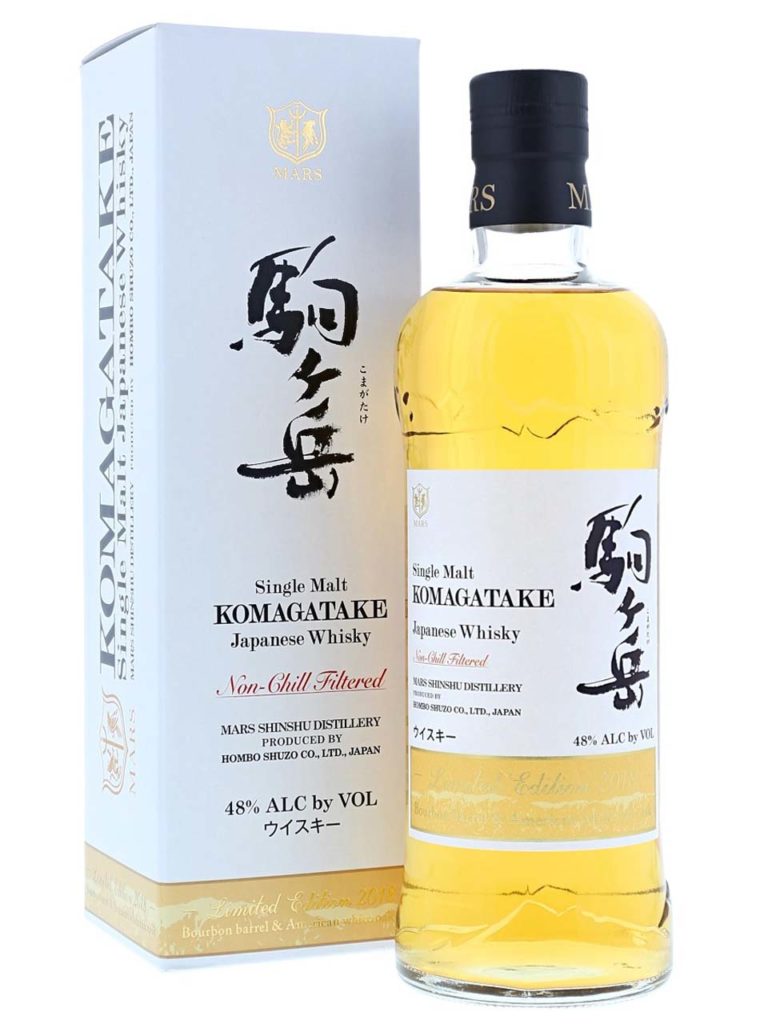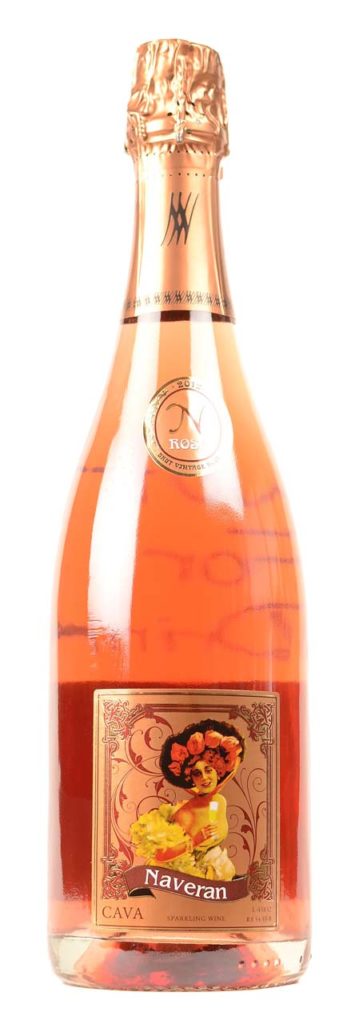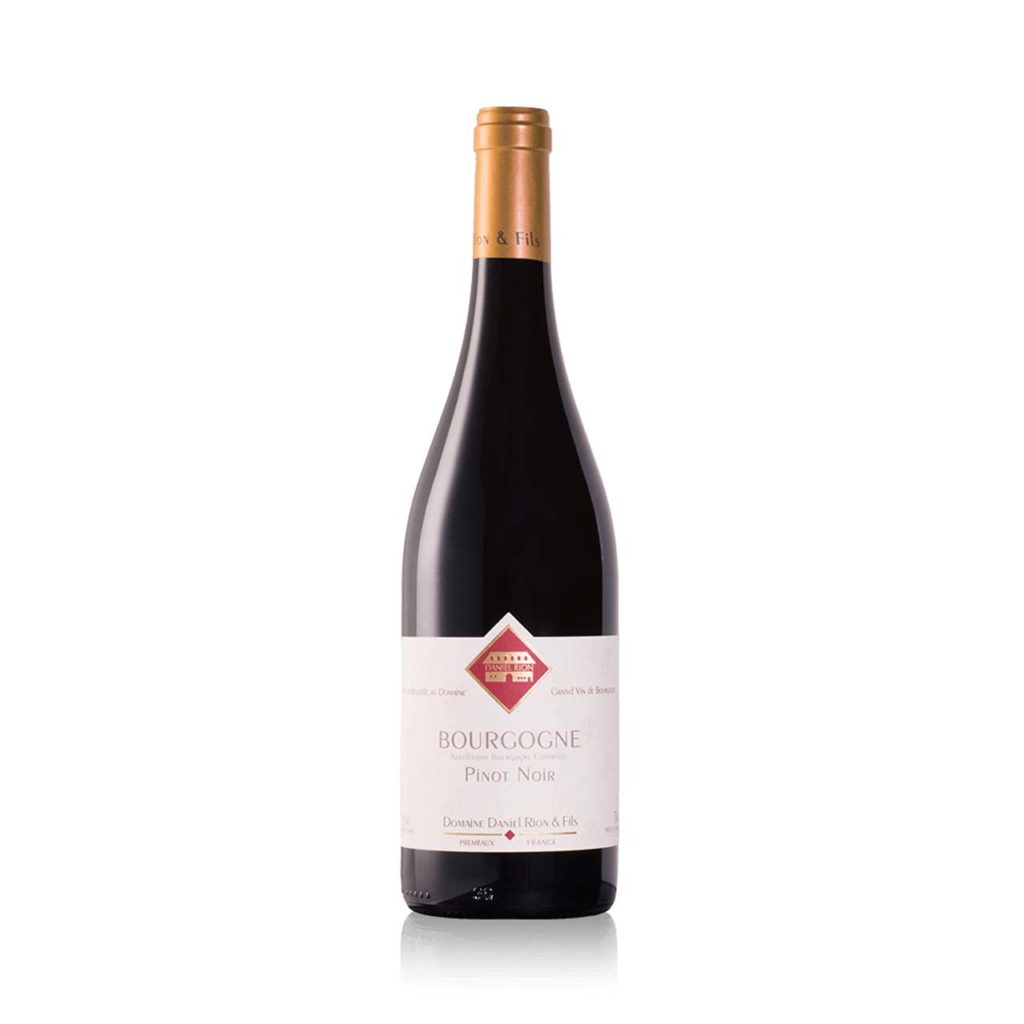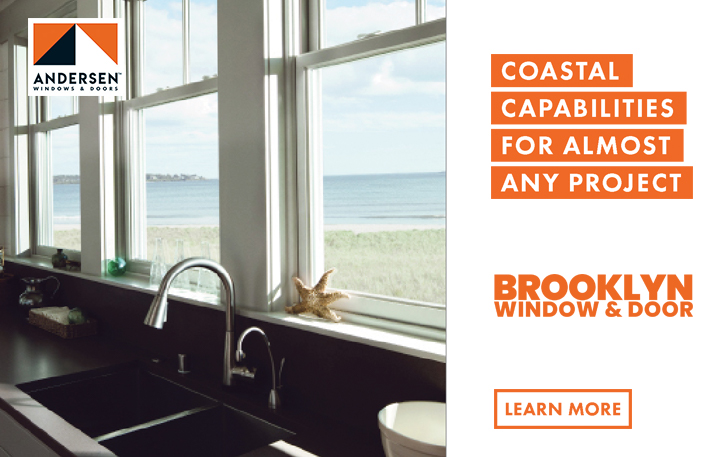First steps in becoming an accumulator of fi ne wine, and how Japan’s own Alps produce whiskey wonders
by Tali Dalbaha
TREASURES FROM THE OTHER ALPS
Mars Shinshu Distillery, one of the rising stars in spirits, moved to its present location in 1984 between Japan’s soaring Southern and Central Alps. At just over 2,600 feet, it is the country’s highest whisky distillery. It’s owning Hombo family has been perfecting this art for more than a century, and added whisky to their repertoire in 1949. They chose the new site for its cool temperatures (which slow maturation) and plentiful granite filtered snowmeltfed aquifers, which help make Mars Shinshu whiskies elegant, smooth, and complex.

The Komagatake 2018 edition, while still young at three to six years old, is taken from barrels aged on the top shelf of the Hombo’s rack house, where maturation happens slightly faster due to warmer temperatures there. The majority of casks were previously used to store bourbon, but there are also new American oak and sherry varieties on hand. Slightly peaty, the Komaga take palate offers fresh citrus notes, along with a hint of coconut and smoke on the finish. $179.99
SO YOU WANT TO COLLECT?
In urban living environments, long term wine storage can be difficult, but is certainly not impossible. I have grown my own collection from three cases to more than 50, and I live in a New York City one bedroom. My solution? Unconventional, perhaps, but my wines have a room of their own, while I stay in the living room. Not ideal for me, arguably, but the bottles just love it.
A wine collection requires care, most pivotally in the management of temperature. Whites and reds are usually served at different levels (between 45°F and 50°F for the former, depending on the varietal, and between 50°F and 65°F for the latter). Ideal storage conditions vary depending upon the wine, but a decent compromise if you don’t want to have multiple storage areas and cooling systems is 58°F, which is easily achieved with a wine fridge (just remember to chill whites and sparkling wines before serving).
Keep your storage room dark as well, and all bottles should be lying down to make certain corks don’t dry out. Before drinking, it’s recommend to have a bottle stand for a few hours to avoid sediment (which will have accumulated on one side, particularly if it’s a red wine) winding up in glasses. It’s also vital that wines not be stored on the floor, in case of flood. Super Buy Rite Wine & Liquor, 575 Manila Avenue, Jersey City, buyritewines.com
FIRST CELLAR SELECTING TIPS
Assuming that you invest in a 50 bottle fridge, here is some guidance on first selections:
Stock one case that you love to drink every day. Follow that with a good mix of sparkling, white, rosé, red, and dessert wines. Grab a minimum of six from countries or regions you are unfamiliar with perhaps Santorini, Gruner Veltliner from Austria, or crispy Txakoli from the Spanish Riviera.
With reds, create a mix among light, medium and full bodied types; this will give you many options to enjoy, with or without food.

With respect to reds selected for aging (whites typically don’t age as well or as long, principally because of their lack of tannins), keep a number aside and open a few every year (I like to keep notes) to track their remarkable evolution.
Specific recommendations:
6 Comtesse De Belle Reverie Champagne – $29.99
3 Naveran Cava Rosé 2015 – $14.99
3 Moët & Chandon Champagne – $18.99
12 Daniel Rion & Fils Bourgogne Pinot Noir 2016 – $29.99 (superb everyday pour)
3 Sancerre Jean Paul Balland 2018 – $17.99
3 Patrick Piuze Chablis 2017 – $29.99
3 Venica Pinot Grigio 2017 – $21.99
3 Ramey Chardonnay Russian River – $36.99

Buy Rite Wines
575 Manila Ave, Jersey City, NJ 07310
BuyRiteWines.com


